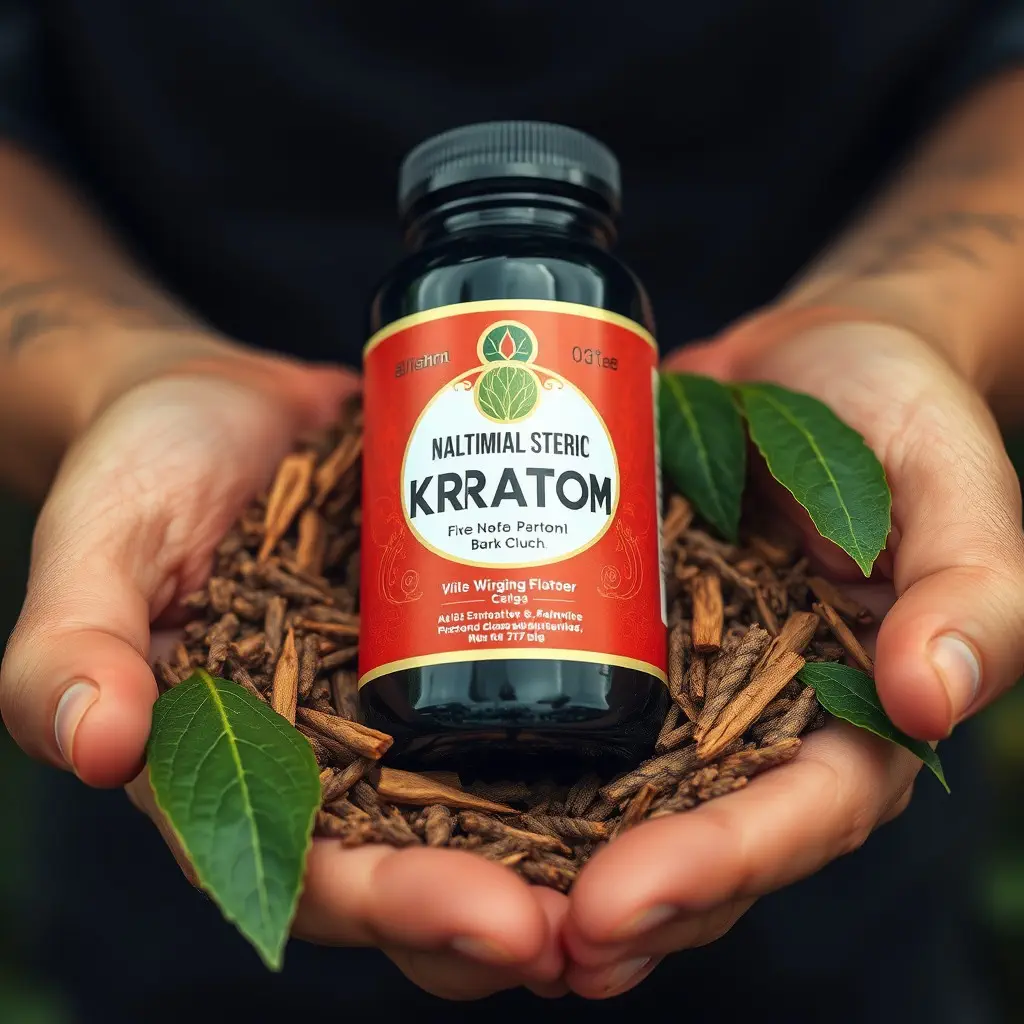Kratom, a natural herb with the scientific name Mitragyna speciosa, offers powerful pain management as an alternative to prescription medications. Its leaves contain compounds that interact with opioid receptors, providing relief for chronic conditions like arthritis, fibromyalgia, and nerve damage. As a popular natural remedy, kratom has gained attention for its stress reduction, mood enhancement, and sleep support benefits. With centuries-old use in Southeast Asia, this botanical provides a safe and versatile option for various health concerns.
Kratom has emerged as a natural remedy gaining traction in chronic pain management. This plant-based substance, with botanical origins tracing back centuries, offers an alternative to traditional opioids. Explore how kratom interacts with the body’s opioid receptors, providing analgesic effects through various strains. Learn about its safe use, potential side effects, and regulatory status as a growing number of people turn to this natural pain reliever. Discover the science behind kratom benefits and consider if it’s the right solution for you.
- Kratom: An Introduction to a Natural Pain Reliever
- – What is kratom?
- – Its botanical origins and historical use as a traditional medicine.
Kratom: An Introduction to a Natural Pain Reliever
Kratom is a natural herb that has gained significant attention as an alternative pain management solution. Also known as Mitragyna speciosa, this plant’s leaves contain compounds that interact with opioid receptors in the body, offering potential relief for chronic pain sufferers. Its analgesic properties have made kratom one of the most sought-after natural remedies, providing a safer and more accessible option for those looking to reduce reliance on traditional prescription medications.
The benefits of kratom as a natural pain reliever are well documented. Users often report its ability to manage various types of chronic pain, including arthritis, fibromyalgia, and nerve damage. The herb’s unique chemical composition allows it to act as an agonist or antagonist at opioid receptors, depending on the dose, offering a fine-tuned approach to pain management. With its growing popularity, kratom has opened up new possibilities for individuals seeking holistic and natural solutions to ease their suffering.
– What is kratom?
– Its botanical origins and historical use as a traditional medicine.
Kratom, scientifically known as Mitragyna speciosa, is a botanical native to Southeast Asia with a rich history dating back centuries. Its leaves have been traditionally used for their medicinal properties by local communities, serving as a natural remedy for various ailments including chronic pain, anxiety, and fatigue. The kratom plant thrives in tropical regions, where its leaves are carefully harvested and processed to extract the powerful compounds responsible for its unique benefits.
Throughout history, kratom has been embraced as a holistic treatment option due to its broad spectrum of potential advantages. Its natural analgesic properties make it an appealing option for those seeking relief from chronic pain without relying heavily on pharmaceuticals. Beyond pain management, kratom is believed to offer mood-enhancing effects and can promote relaxation and well-being. This natural remedy has garnered increasing attention in recent years as individuals explore alternative options for managing a range of health conditions, highlighting its potential as a valuable addition to the arsenal of natural remedies.






